Experimenting this summer (if lucky)
aurorawa
9 years ago
Related Stories
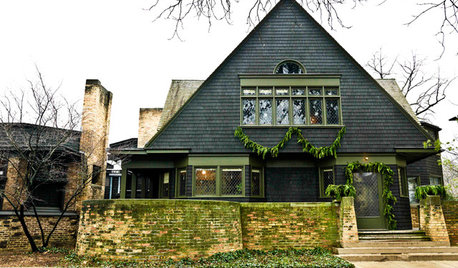
MOST POPULARExperience the Holidays at Frank Lloyd Wright's Home and Studio
Handmade decorations, greenery and gifts show how the famed architect and his family celebrated Christmas in their Oak Park home
Full Story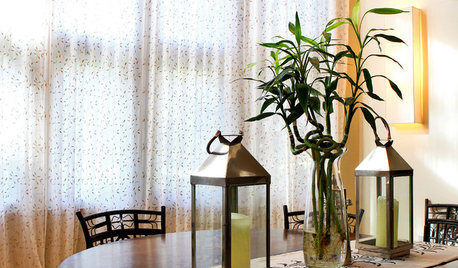
DECORATING GUIDESImprove Your Style Fortune With Lucky Bamboo
Serve this versatile plant straight up or with a twist for auspicious living decor that thrives without soil
Full Story
ARCHITECTUREWorld of Design: A Tokyo Exhibit Experiments With the Future of ‘Home’
Japan’s architects and housing industry explore new ideas for dwellings that respond to changes in society, tech and the natural world
Full Story
LIFEThe Good House: An Experience to Remember
A home that enriches us is more than something we own. It invites meaningful experiences and connections
Full Story
FEEL-GOOD HOME10 Essentials for Enjoying a Spa-Like Experience at Home
These ingredients will help create a bathroom setting conducive to relaxation
Full Story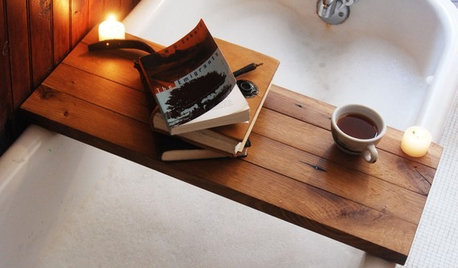
BATHROOM DESIGNGuest Picks: The Perfect Bath Experience
Get ready for fancy bath time with glam fixtures, bath salts and a bottle of champagne (or two)
Full Story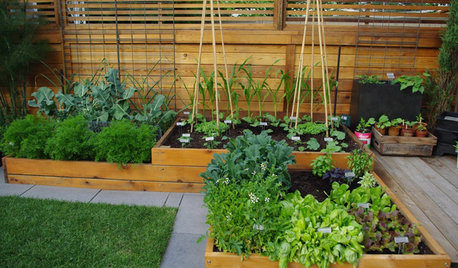
URBAN GARDENSExperiments Aplenty Fill Vancouver Edible Garden
Lush and brimming with test landscape plantings, a Canadian garden appeals to the eye and the palate
Full Story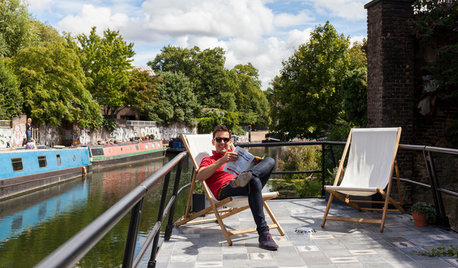
COASTAL STYLEHouzz Call: Share Your Waterfront Views of Summer
We want to see your favorite coastal-home or shoreline views. Post yours in the Comments, and we’ll feature the best in a future article
Full Story
GARDENING AND LANDSCAPINGWorld of Design: 10 Home Gardeners Show Us Their Sweet Summer Harvests
From New York to Tokyo, these gardeners have turned their yards, terraces and rooftops into places of bounty
Full StoryMore Discussions








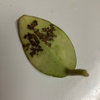
brsucculents
aurorawaOriginal Author
Related Professionals
River Forest Landscape Architects & Landscape Designers · Middletown Landscape Contractors · Milford Landscape Contractors · Columbine Landscape Contractors · Davis Landscape Contractors · Doctor Phillips Landscape Contractors · Framingham Landscape Contractors · Hayward Landscape Contractors · Quincy Landscape Contractors · Conroe Driveway Installation & Maintenance · Leesburg Driveway Installation & Maintenance · Winston-Salem Driveway Installation & Maintenance · Crestwood Driveway Installation & Maintenance · Parker Driveway Installation & Maintenance · Indio Driveway Installation & MaintenanceaurorawaOriginal Author
rennfl
aurorawaOriginal Author
rennfl
aurorawaOriginal Author
aurorawaOriginal Author
rennfl